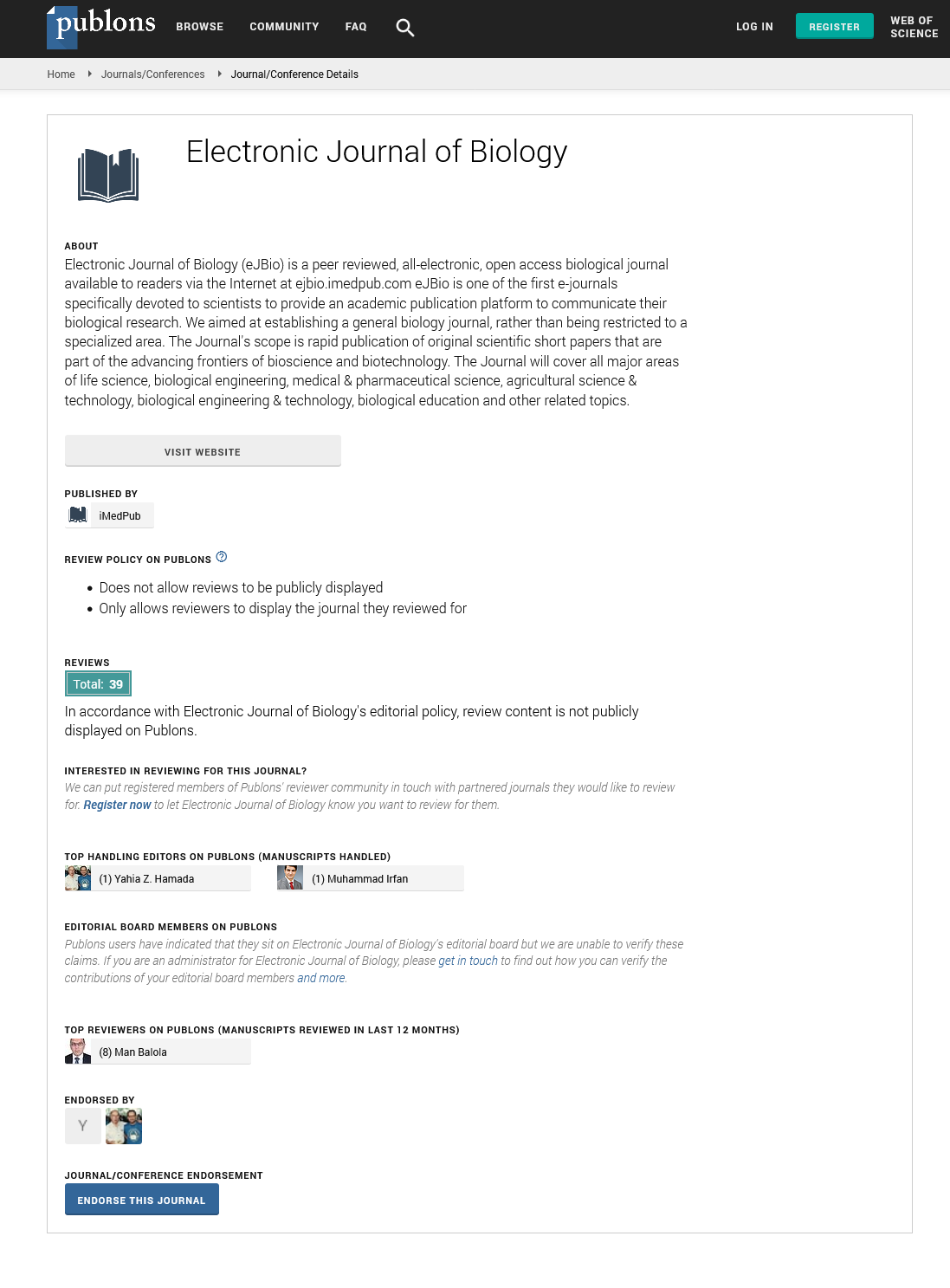Abstract
Growth Performance and Flesh Fatty Acid Profiles of Nile Tilapia (Oreochromis niloticusL.) Fed with Two Leguminous Plant Leaf Meals
The growth performance and proximate general composition along with the fatty acid profile of flesh of 90 days cultured of Nile tilapia fed with leguminous leaf meals were studied. Two almost isonitrogenous (28% Crude Protein) diets were formulated using groundnut (Arachis hypogea) leaves (GLM) and arahar (Cajanas cajan) leaves (ALM) as the key ingredient. Market available fish feed (MAF), containing 28% CP was supplied to another batch of fish. Fish growth was significantly high (P < 0.05) in GLM fed treatment. Crude protein, lipid and ash content showed significantly higher values (P > 0.05) in GLM fed treatment over the other. The PUFA content was maximum in GLM fed fish followed by ALM and MAF. Eicosapentenoic acid (EPA) (20:5ω3) was recorded slightly higher in GLM (1.8) fed fish followed by ALM (1.4) and MAF (1.0). The amount of docosahexenoic acid (DHA) (22:6ω3) was found to be highest in GLM (5.8) fed fish and lowest in ALM (4.7) fed fish. Both total n3-PUFA and n3/n6 ratio were high in GLM (14.15 and 1.47) fed fish. The thrombogenic indices (TI) were in the order of GLM (0.59), ALM (0.65) and MAF (0.74) fed fish. Fish PUFA, especially the n3 fatty acids, are affected positively when fed GLM which is good for the quality of the fish produced in regard to the benefits for the health of consumers.
Author(s): Debajyoti Chakrabarty,Mukti Pada Bag
Abstract | Full-Text | PDF
Share this

Google scholar citation report
Citations : 5001
Electronic Journal of Biology received 5001 citations as per google scholar report
Electronic Journal of Biology peer review process verified at publons
Abstracted/Indexed in
- Google Scholar
- China National Knowledge Infrastructure (CNKI)
- CiteFactor
- Electronic Journals Library
- Zoological Records
- WorldCat
- Proquest Summons
- Publons
- MIAR
- Openaccessarticles.com
- Secret Search Engine Labs
Open Access Journals
- Aquaculture & Veterinary Science
- Chemistry & Chemical Sciences
- Clinical Sciences
- Engineering
- General Science
- Genetics & Molecular Biology
- Health Care & Nursing
- Immunology & Microbiology
- Materials Science
- Mathematics & Physics
- Medical Sciences
- Neurology & Psychiatry
- Oncology & Cancer Science
- Pharmaceutical Sciences


